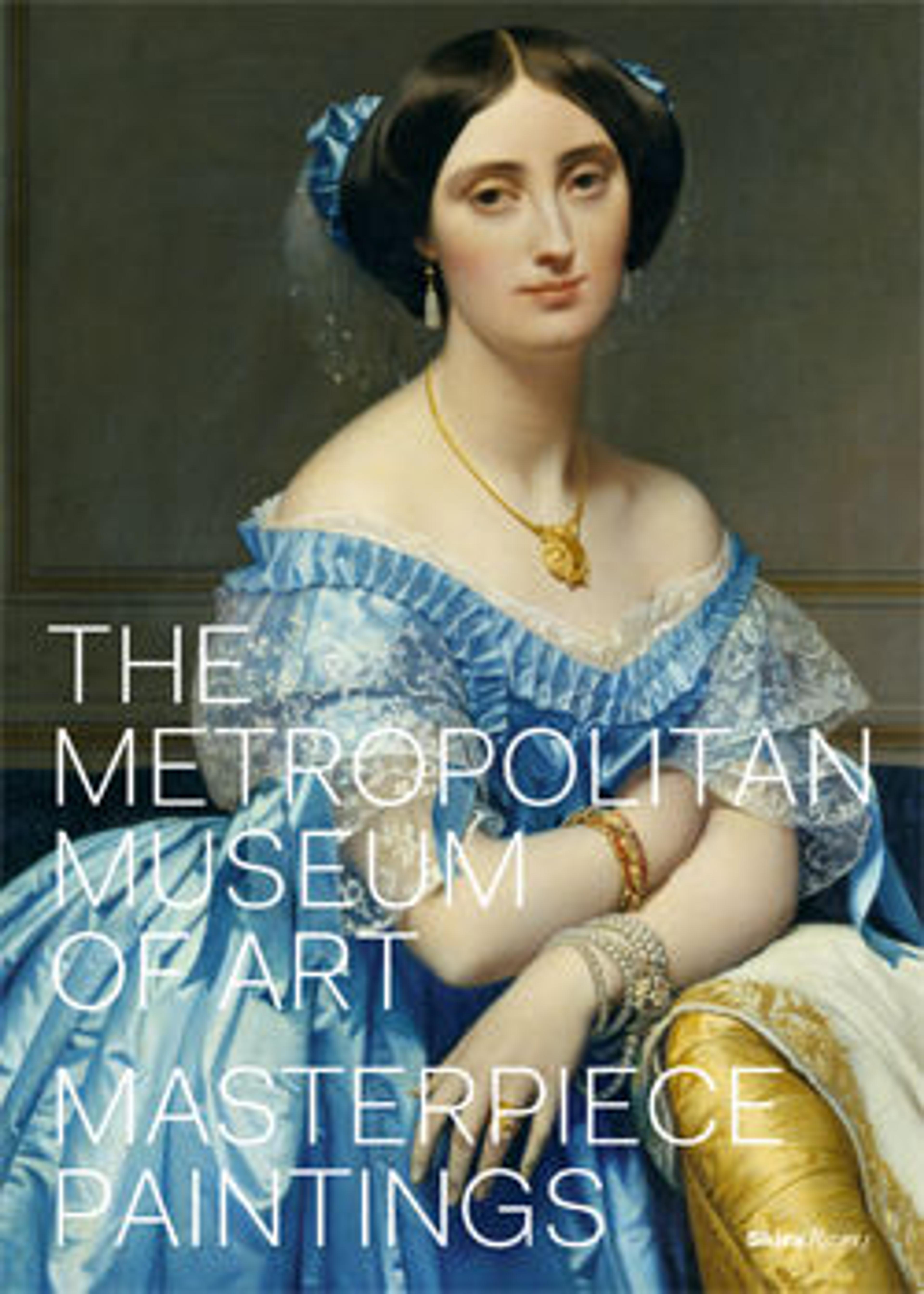Children's Games
Although Tamayo was based in Mexico City for much of his career, he traveled extensively in Europe and the United States, spending significant amounts of time in New York and Paris in the 1920s, 1930s, late 1940s, and 1950s. At odds with the politically charged narratives of the Mexican muralists—Diego Rivera, José Clemente Orozco, and David Alfaro Siqueiros—Tamayo sought a more universal vocabulary in his paintings. While some of his subjects and his choice of colors were informed by Mexican art and culture, his flattened compositions and abstract forms derive from European modernism. This painting depicts three children playing in a circle, their bodies reduced to a jumble of irregular, flat shapes suggesting heads, legs, torsos, and arms. The disjointed elements create a syncopated rhythm that is enhanced by the agitated application of paint.
Artwork Details
- Title:Children's Games
- Artist:Rufino Tamayo (Mexican, Oaxaca 1899–1991 Mexico City)
- Date:1959
- Medium:Oil on canvas
- Dimensions:51 1/4 × 76 3/4 in. (130.2 × 194.9 cm)
- Classification:Paintings
- Credit Line:Gift of Mr. and Mrs. Ralph F. Colin, 1983
- Object Number:1983.208
- Rights and Reproduction:© 2025 Artists Rights Society (ARS), New York
- Curatorial Department: Modern and Contemporary Art
More Artwork
Research Resources
The Met provides unparalleled resources for research and welcomes an international community of students and scholars. The Met's Open Access API is where creators and researchers can connect to the The Met collection. Open Access data and public domain images are available for unrestricted commercial and noncommercial use without permission or fee.
To request images under copyright and other restrictions, please use this Image Request form.
Feedback
We continue to research and examine historical and cultural context for objects in The Met collection. If you have comments or questions about this object record, please contact us using the form below. The Museum looks forward to receiving your comments.
